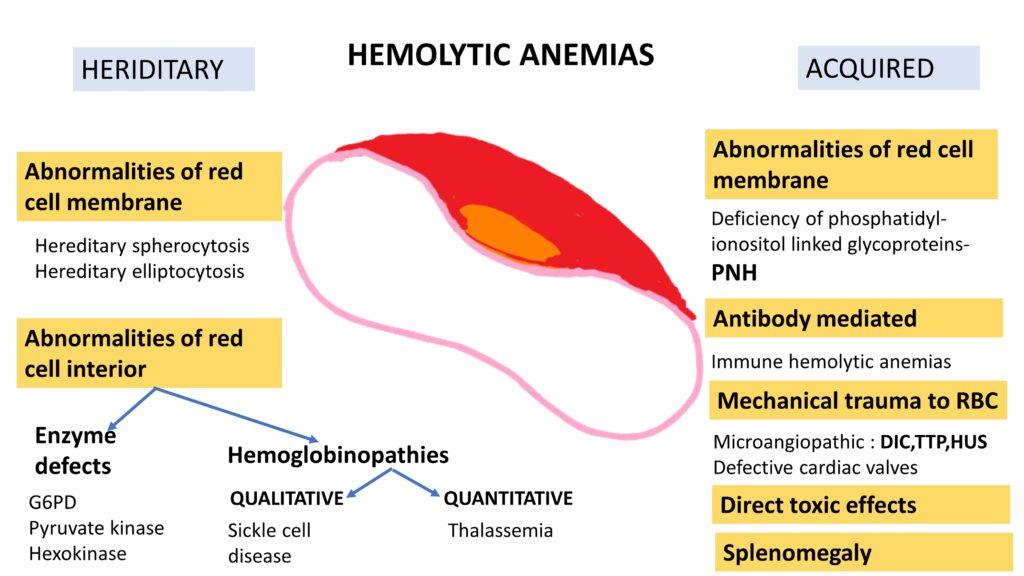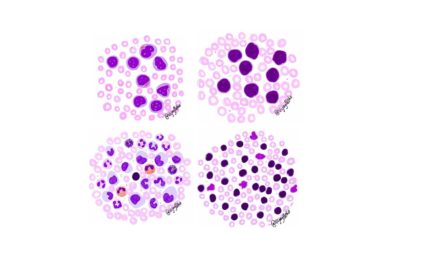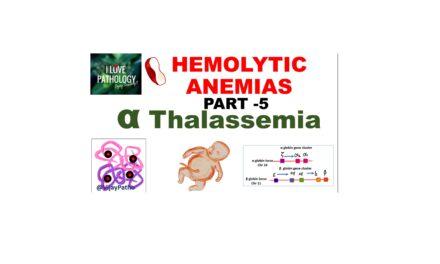HEMOLYTIC ANEMIA – Extravascular vs Intravascular hemolysis, Classification.
Hemolytic anemia
Anemias resulting due to increase in the rate of red cell destruction
Hemolysis
Premature or increased rate of destruction of circulating rbc’s
Note thtat the life span of normal RBC’s is around 120 days. it is reduced to 10 – 15 days in hemolytic anemias.
What are the consequences of hemolysis
they can be studied under three headings
1. Features of red cell destruction which includes intra and extravascular hemolysis
2. Features of increased red cell production – resulting in Reticulocytosis – peripheral smear and
Erythroid hyperplasia in bone marrow. the consequences are Skeletal deformities Eg Thalassemic faces
3. Features of damaged red cells – manifested by Microspherocytes,Elliptocytes Sickle cells & Red cell fragments in the peripheral blood smear.
What are the differences bewteen extravascular and intravascular hemolysis.
Extravascular hemolysis: Major mechanism. Macrophage mediated occurs in Spleen, liver, Bone marrow. The manifestations are Anemia,Jaundice & Splenomegaly
Intravascular hemolysis: Minor mechanism.In blood vessels Eg- Mechanical injury/parasites/toxin/ complements . the manifestations are
Hemoglobinemia
Hemogloginuria
Hemosidereinuria
Decreased haptoglobin
Anemia
Jaundice
the differences are as illustrated below.

How do you classify hemolytic anemias?
hemolytic anemias are broadly categorised into heriditary and acquired defects as ullustrated below

CLICK here to see the video tutorial on the above topic.











Recent Comments